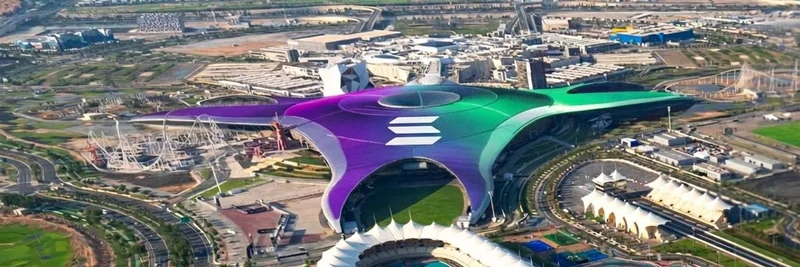Hey there, meme token enthusiasts and blockchain buffs! If you’ve been keeping an eye on the latest trends in the crypto world, you might have stumbled across an exciting tweet from Nihar Shah (@theshah39) on June 30, 2025. In this post, Nihar draws a fascinating parallel, saying, "Multicast is to communication what parallelization is to computation: a game-changer in scalability." This statement references a thread from DoubleZero, a project shaking up the blockchain space with its native multicast support. Let’s dive into what this means and why it’s a big deal!
What Is Multicast, Anyway?
Before we get too deep, let’s break it down. Multicast is a method of sending data to multiple recipients at once, kind of like hosting a group video call where everyone gets the same message without clogging up the network. In contrast, the traditional "unicast" approach is like sending individual emails to each person—efficient for one-on-one chats but a bandwidth hog when you’re talking to a crowd.
The DoubleZero thread explains how blockchains like Solana often hit bottlenecks because validators (the nodes that confirm transactions) rely on unicast to share data. This means each validator sends the same info to every other validator, leading to delays and wasted resources. Multicast flips the script by sending data once and letting the network handle the distribution, which could speed things up dramatically.
Why This Matters for Blockchain
So, why should you care? Well, blockchain networks thrive on speed and efficiency, especially for high-performance chains like Solana. The DoubleZero team highlights that multicast can:
- Speed up block propagation: Get transactions confirmed faster.
- Reduce latency: Cut down those annoying delays in consensus sync.
- Support real-time features: Think oracle feeds or live telemetry without the lag.
Nihar’s comparison to parallelization is spot-on. Just as parallelization lets computers tackle multiple tasks at once (think of it as multitasking for machines), multicast lets data flow to many places simultaneously. This could be a game-changer for scaling blockchain networks, making them more competitive with traditional finance (TradFi) systems that have used multicast for years.
DoubleZero’s Big Move
DoubleZero isn’t just theorizing—they’re putting multicast into action. Their testnet release brings this tech to decentralized systems, with on-chain provisioning (meaning the rules are set on the blockchain itself) to keep things secure. The thread includes a cool visual to show the difference:
On the left, you see unicast’s messy web of connections; on the right, multicast’s sleek, efficient flow. Plus, they’ve got a handy table comparing the two:
This shows multicast’s edge in scalability, latency, and network load—perfect for the demands of modern blockchains.
What’s Next?
The DoubleZero team is already working with Solana ecosystem players to integrate multicast into validator software. Their testnet (v0.2.2 client) is live, so developers can start experimenting. If you’re curious about the nitty-gritty, check out their docs. And if you want to see it in action, there’s a demo from Andrew McConnell worth watching!
Why Meme Token Fans Should Pay Attention
Even if you’re here for the latest meme coin hype, this tech could impact your favorite tokens. Faster, cheaper transactions mean more room for innovation in decentralized apps (dApps), including those quirky meme-driven projects. Plus, as blockchain infrastructure improves, the whole ecosystem—including meme tokens—gets a boost.
So, what do you think? Is multicast the future of blockchain communication? Drop your thoughts in the comments, and stay tuned to meme-insider.com for more updates on this exciting tech and the meme token world!



